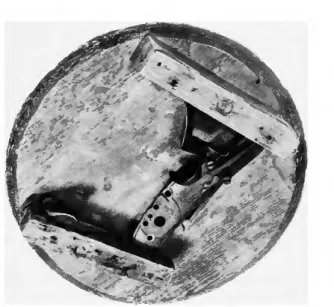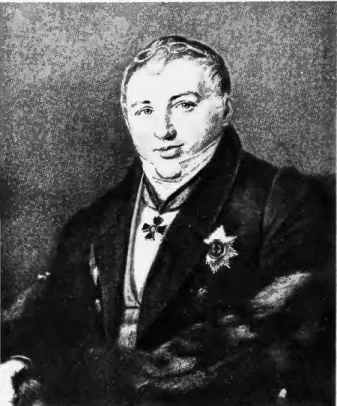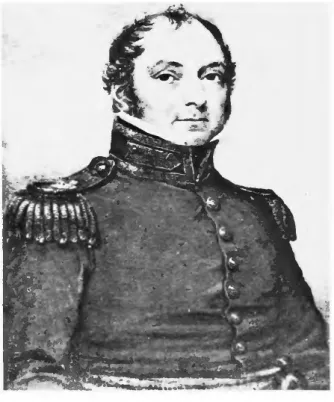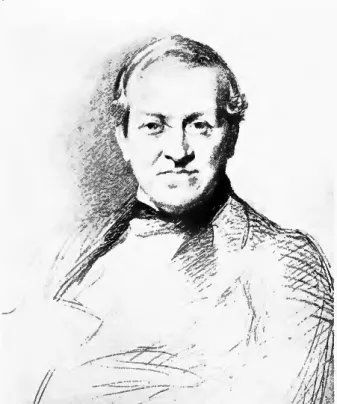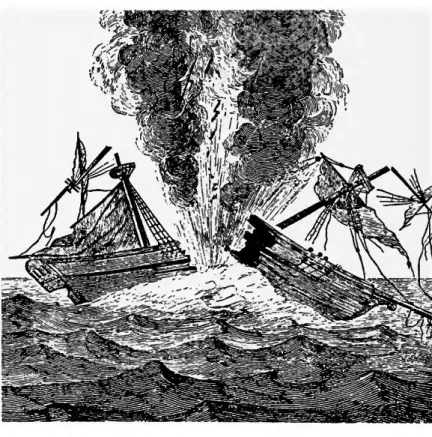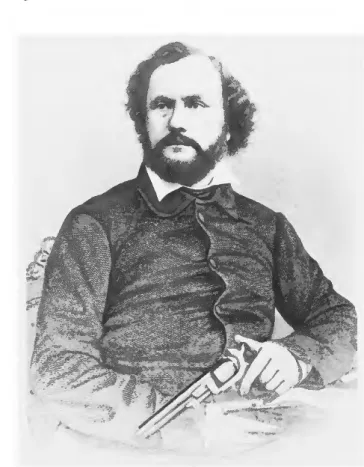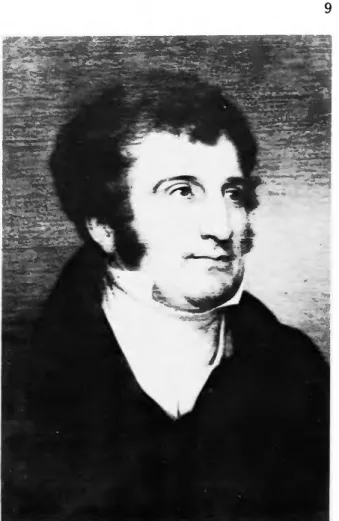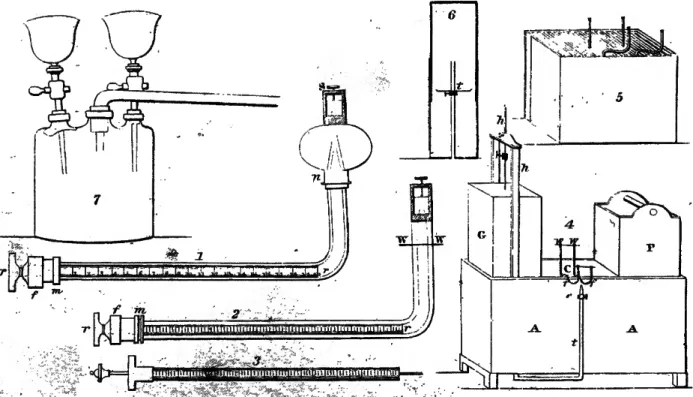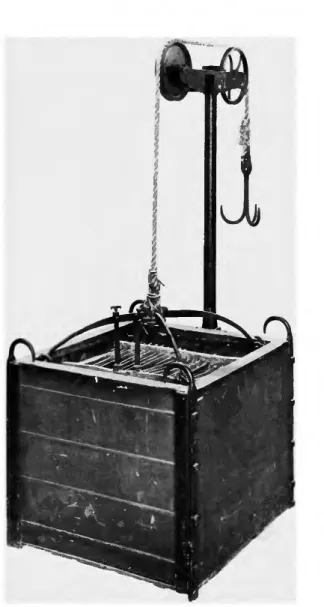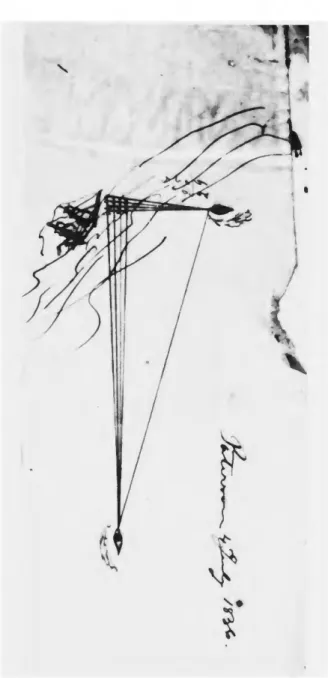This Boston-born printer, founder of the American Philosophical Society, first channeled his restless imagination into study. This locking plate fits into recesses in two wooden brackets on the underside of the barrel lid. Wilkinson and Humphry Davy in England, Hare's calorimotor had the advantage of limiting plate corrosion to the time of actual immersion in the electrolyte.
Samuel Colt's re-involvement in the development of mine warfare material was by no means the result of the failure of Paterson's venture. In 1820, following the election of his friend James Monroe, Southard was temporarily appointed to the United States Senate, where he later played an important role in drafting the Missouri Compromise. The removal of Stevens' battery shortly thereafter closed a chapter in the early history of American ironclad construction.
Nevertheless, through the timely assistance of the Commandant of the New York Navy Yard, Captain Matthew C. Arsenal for building up the Cabinet, the Congress, and "an immense concourse of spectators." 79. In The Physical Geography of the Sea, first published in 1854, Maury achieved a remarkable early delineation of the science of oceanography.
Subsequent travel reports on the submarine battery demonstration, the most florid of which appears to be that.
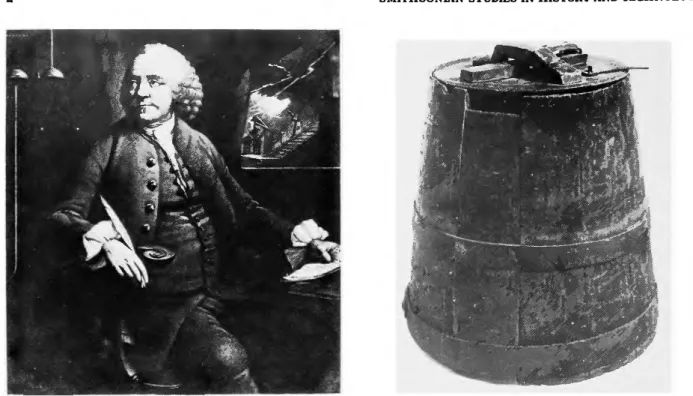
- Y. MASON
If these were not resolved by port features, money would provide this, as it does all other military information. If the dark and intricate mine galleries of a fortification cannot remain unknown, we need not seek to conceal what is to be executed from the public eye. As to the validity of claims thus founded, I am not required to give my opinion; but, in fairness to Mr.
Jones, Speaker of the House of Representatives, May 8, 1844, in Colt's Sub-marine Battery, House Document No. the delay that occurred in delivering the required report. Colt, and it is presumed that the nature of the agents he employs is well understood.
As no special communication, as is supposed in the resolution of the House, has been made to the War Office, for the purpose of enabling the gentleman to do so, this will also be understood from the reply, which is herewith sent , from the Honorable Secretary of the Navy, to my letter addressed to him on the seventh day, that hon. For the purpose of obtaining the views of the competent department on the matter of.
34;harbour defence," the resolution was referred for report to Colonel Totten, the able chief of the corps of engineers. Colt, I have addressed letters, covering copies of the resolution of the House, to Professors Hare, of Philadelphia, and Henry, of Princeton. Colt, to be found in his letter addressed to me on the 22d last, and his suggestions as to the answer to be made by this department, I have, of course, in view of the decision of the House feeling. it my duty to disregard.
The operator must be protected by a fort or army to prevent the destruction of all his means of operation by an enemy landing. Other boats can then complete the search and destruction of the connecting wires at their leisure and with impunity. Regardless of the claim of merit, at the expense of the skill and handiwork of Mr.
Also start the production of the necessary materials for portable fortifications for the protection of any river or crossing in case of sudden emergency. 3, I have given an outline of how to ascertain the location of a reflecting vessel. The station at H, may be the one where there is a break in the connecting wire circuit [;] where the observer should.
The observer at station I is similarly to ascertain when the ship is in fine of each of the torpedoes and must make the corresponding connection with it. If the two observations meet at the same angular point, there will be an explosion and the ship will be destroyed, but until this coincidence occurs none of the torpedoes will explode. Jones, editor of the Journal of the Franklin Institute, Samuel Colt, June 14, 1844, in Colt's Submarine Battery, House Paper No.
ABBOT, The Beginning of Modern Submarine Warfare under Captain-Lieutenant David Bushnell, Sappers and Miners, Army of the Revolution (Willets Point, New York: Battalion Press, 1881); FRANCIS M. SUETER, Evolution of the Submarine Boat, Mine and Torpedo, from the Sixteenth Century to the Present Time (Portsmouth: J. Griffin and Co., 1907). Professional Papers of the Corps of Royal Engineers, new series, volume pages xii-xiii; The United States Journal and Naval and Military Magazine (September 1938), pages 36-48.
2 1 Compendia of scientific and technical knowledge of the type Colt studied are collected in EUGENE S. FERGUSON, Bibliography of the History of Technology (Cambridge: Massachusetts Institute of Technology Press, 1968), pages 60-62. 3 4 A typical reference from the Board of Navy Commissioners to the War Department Ordnance Office is quoted in Commodore Isaac Chauncy to Colt, July 24, 1835, Colt Papers, box 9.
Captain von Schantz assumed command of the steam frigate Kamchatka on her departure from New York for Kronstadt in September 1841. Regarding the absence of reference to Colt's submarine battery in the proceedings of the Board of Naval Commissioners, see the following National Archives entry in Record Group 4 5 : Entry 209 — Journal (rough minutes) for the Commissioners of the Navy, volume 20 (22 February-23 September 1842); Entrance 219—. BENNETT, The Steam Navy of the United States: A History of the Growth of the Steam Vessel of War in the U.S.
See "U" drawing, a rough chart of the Potomac and East Branch, apparently used for Washington's final experiments in 1844, Colt Collection, Connecticut State Library Museum, Hartford. Portrait by unknown photographer, repro-. reproduced with permission from the Werner-von-Siemens Institute, Munich. Drawing "E", Samuel Colt Collection, reproduced by permission of the Connecticut State Library Museum, Hartford.
Drawing "F", Samuel Colt Collection, reproduced by permission of the Connecticut State Library Museum, Hartford. Watercolor by William Siebe, reproduced by permission of the Institution of Royal Engineers and the Royal Engineers Museum, Chatham. Courtesy of Division of Graphic Arts, National Museum of History and Technology, Smithsonian Institution.
Drawing "N" in the Samuel Colt Collection, reproduced by permission of the Connecticut State Library Museum, Hartford. Daguerreotype by John Plumbe, Jr., circa 1846, courtesy of the Prints and Photographs Division of the Library of Congress. Woodcut from Harper's Weekly, March 16, 1861, courtesy of the Prints and Photographs Division of the Library of Congress.
Drawing “G,” Samuel Colt Collection, reproduced by permission of the Connecticut State Library Museum, Hartford. Drawing “I,” Samuel Colt Collection, reproduced by permission of the Connecticut State Library Museum, Hartford. Portion of drawing "A" reproduced by permission of the Samuel Colt Collection, Connecticut State Library Museum, Hartford.
From the Samuel Colt Collection, reproduced by permission of the Connecticut State Library Museum, Hartford. Portion of Drawing "A," Samuel Colt Collection, reproduced by permission of the Connecticut State Library Museum, Hartford. Adjacent portion of Drawing "A," Samuel Colt Collection, reproduced by permission of the Connecticut State Library Museum, Hartford.
SERIAL PUBLICATIONS OF THE SMITHSONIAN INSTITUTION Emphasis on publications as a means of disseminating knowledge was expressed by the first secretary of the Smithsonian Institution. 34; It is proposed to publish a series of reports that will show new discoveries in science and changes from year to year in all branches of knowledge." In these series, the institution publishes original articles and monographs. deals with the research and collections of his many museums and offices, as well as professional colleagues in other educational institutions.
Individual copies may be obtained from the Smithsonian Institution Press while supplies last.
